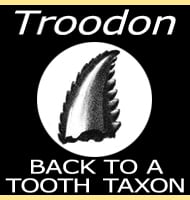Elmisaurus
In Depth A little known oviraptorid, Elmisaurus is based upon very few remains. Initially cited as a species of the North American Chirostenotes, it was quickly named as a distinct genus. Still, the Chirostenotes connection did not end there as in 1989 the palaeontologist Philip Currie established a second species, Elmisaurus elegans based upon oviraptorid … Read more
